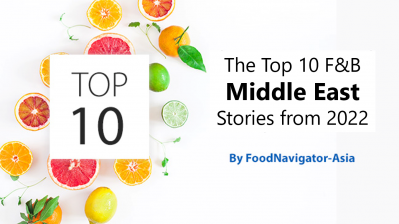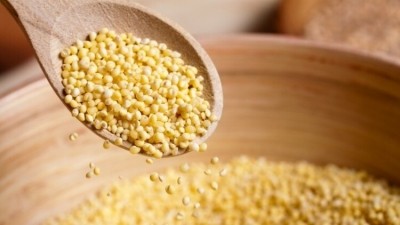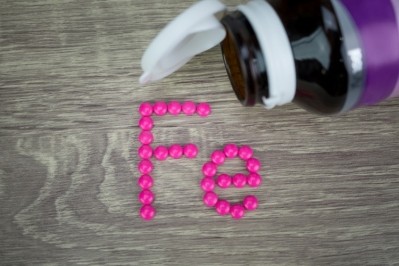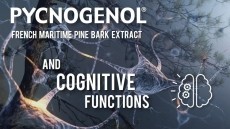Vitafoods Asia 2022
Price differentiation: Demand for value-added supplements growing in Vietnam – PharmaLinea
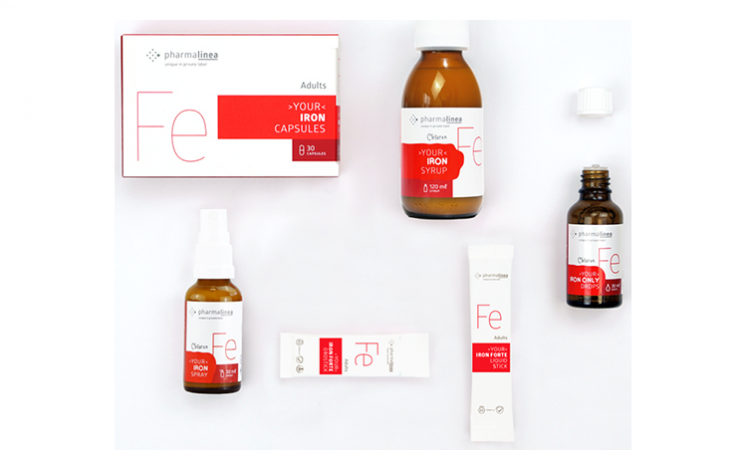
That’s according to private label firm PharmaLinea, who spoke to us at the recent Vitafoods Asia event.
Vietnam is also the Slovenia-based firm’s largest market in the South East Asia region at the moment.
It has introduced supplement concepts for the bone health, its most popular category amongst companies in Vietnam, prebiotics, and iron categories.
“Vietnam has a considerable market size; we are discussing several new products to be launched in Vietnam. More importantly, the market is growing.
“Secondly, we see more companies coming back to us asking for value-added products. In the past, the products were more commodity driven. To be able to sell more, companies needed to be more competitive with their pricing.
“A lot of brands are now trying to overcome this by introducing value-added products with big product differentiation where price sensitivity is much lower as well,” Jernej Klopcic, business development director at PharmaLinea told us.
He gave the example of iron, where companies are now more willing to develop higher priced products that are clinically backed and are void of the metallic taste that usually came with iron supplements.
“Iron could be a cheap commodity. For example, some of the iron salts that you see on the market are low in price but there is no proven efficacy.
“When we offer a product that is quite different from what is normally found on the market, where we convince brands that our products have a proven efficacy, a clinical study showing that the product is high on absorption, is high on compliance, has good taste, then companies are willing to listen and keen to go into this direction, even though the end product might be more expensive on the consumer market.
“For them, having all these unique selling points means that they will be different from the rest of the market, and this will enable them to sell the product.”
Previously, PharmaLinea conducted a 12-week RCT showing how its >Your< Iron Syrup formulation could improve ferritin levels in kids by 69 per cent.
The firm was also the winner of NutraIngredients-Asia Award 2021’s Editors Awards for Infant and Child Nutrition Initiative with the above formula.
At Vitafoods Asia, the firm also showcased new concepts for its iron formulations, including oral dispersible and liquid sachets.
Klopcic pointed out that as compared the capsules and tablets, the sachet format is more convenient and easier to swallow.
“We are mostly targeting adult women and we see that from time to time, women have some issues swallowing capsules and so, we were trying to develop new formats, such as liquid forms and oral dispersible forms to overcome this issue.”
Flavours wise, the company has launched iron supplements in strawberry flavour in its product concept, but said it was able to adopt the flavours that brands have requested.
Uncovering the opportunities
The firm is confident that the iron supplement market in South East Asia provides “huge opportunity”, due to the high prevalence of iron deficiency. However, the challenge hindering the market growth, is the difficulty in recognising symptoms, especially that of borderline anaemia.
“We are 100 per cent convinced that iron anaemia is a huge opportunity.
“Maybe today the market is still small based on data from market research firms, but given the fact that the prevalence of anaemia is high, meaning people are suffering from iron deficiency, what we think is needed is a strong brand that would come to the market and know how to speak to doctors and consumers,” Klopcic said.
So far, within Asia, the firm has found the greatest success in South Korea for its iron supplements.
Nonetheless, the iron supplement category is generally smaller than other categories in market size partly due to the difficulty in recognising borderline anaemia symptoms.
“I think one of the issues is that iron deficiency symptoms are not so easy to recognise. Very often, especially when you are not anaemic, but you might be suffering from the lack of iron, it is very hard to recognise the symptoms.
“So, the easiest way to see whether your blood has enough iron is to have a blood test, so you will need to go to the doctor. And so, one of our missions is to spread the awareness of this problem, because when there are clear symptoms, it might already be too late, one might already be anaemic,” he said.
Meeting doctors’ needs
In addition, Klopcic pointed out that iron supplements could be an option for doctors who are reluctant or hesitant in prescribing iron medications to patients who are borderline anaemic.
“We saw in different countries that the doctors are a little bit reluctant or reserved when it comes to giving iron prescription drugs for people who might become anaemic but are not yet anaemic.
“Through our product, we are also answering the doctors who are looking for food supplements which have good efficacy and could serve people with borderline anaemia without having to give them prescription drugs,” he said.
